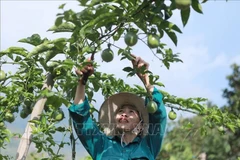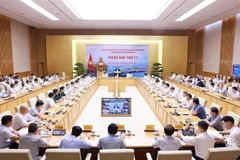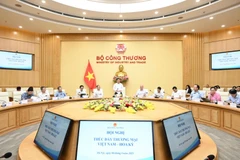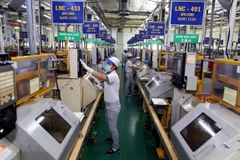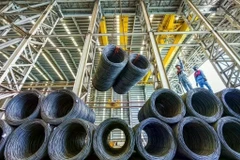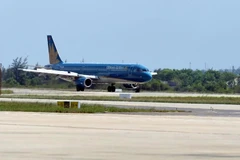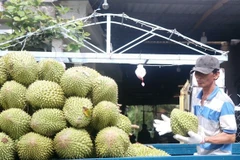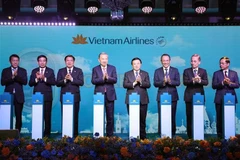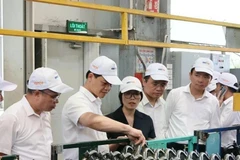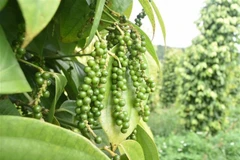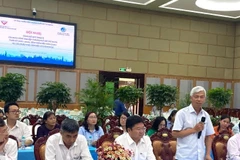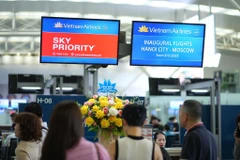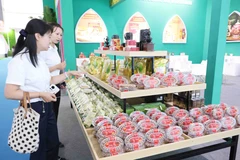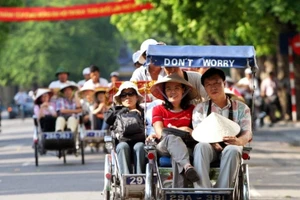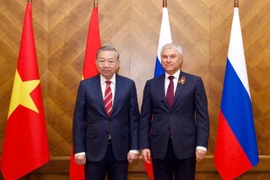Under commitments between ASEAN and China , 90 percent of goods areset to be tariff-free between China and the six ASEAN founding members-- Brunei , Indonesia , Malaysia , the Philippines , Singapore andThailand --in the initial period.
The tariff elimination will be expanded to the four new ASEAN members,including Vietnam, by 2015.
Vietnamese businesses should take full advantage of China’s tariffexemptions to increase exports to the market in the next five years,contributing to gradually reducing the country’s trade deficit, Dao TranNhan, Head of the Ministry of Industry and Trade’s Asia-PacificDepartment, said at a workshop on opportunities for the export ofVietnamese goods to the China and ASEAN markets, in Hanoi on April 15.
China remains one of Vietnam’s largest trading partners in recentyears. Despite the global economic downturn, Vietnam’s exports to themarket saw a growth of 8.23 percent to 4.9 billion USD in 2009,accounting for 8.6 percent of the country’s export turnover, accordingto the official.
But, the trade balance favours China as Vietnam’s exports to themarket make up only 0.48 percent of China’s total import turnover.
To improve the two-way trade balance, the Ministry has sent China alist of 16 Vietnamese goods for import and asked the latter to encourageits businesses to increase the import of the items, which includeagricultural, forestry and aquatic products and fruits and vegetables,.
Along with the move, Nhan urged Vietnamese firms to strengthen linkswith foreign investors to export goods to China. A number of investorsfrom Singapore, Taiwan and Western Europe are moving their productionfacilities from China to Vietnam, taking advantage of cheaper labour andproduction costs, and then exporting to the Chinese market.
Also, Nhan attributed Vietnam’s low production capacity in goods forexport to the weak competitiveness of its goods in the Southeast Asianregion.
He asked Vietnamese businesses to expand their exports in the majorregional markets of Singapore, Thailand, Malaysia and the Philippines inorder to boost trade cooperation between Vietnam and the Association ofSoutheast Asian Nations (ASEAN).
Two-way trade between Vietnam and ASEAN reached 22.5 billion USD in2009, of which Vietnam imported 13.8 billion USD./.
